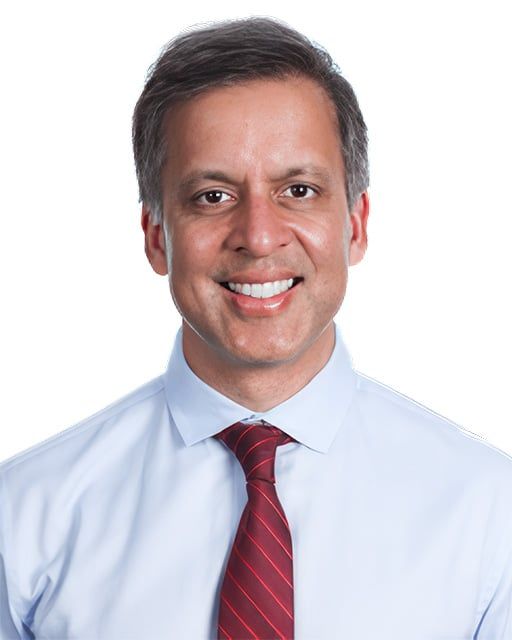Video
Dr Ben Robbins Talks About GV's Presence in Health Care
Author(s):
Benjamin Robbins, MD, MBA, venture partner at GV, explains how the venture capital firm decides to invest in health care companies.
Benjamin Robbins, MD, MBA, venture partner at GV, explains the process the venture capital firm follows when deciding whether to invest in a health care company, including looking at the intersection of health technology and services.
Transcript
Can you describe the process GV follows in evaluating which emerging health care companies will receive capital?
It's variable; there's a lot of different processes depending on the situation. The process that we like to follow is that we spend pretty much all of our time building up a thesis or our thoughts on a given space before we start looking at companies in that space.
Home health care is a good example. We've talked to academics—there's folks at [Johns] Hopkins who are really deep in the state of the art. [We] get a good sense of which services in the home are particularly effective for patients? What are they like? What has an ROI [return on investment]? Where is there overlap in the various parties? And then we start to be more aware when there's companies that are coming toward us that are looking for funding or to create our own companies.
That being said, the world of venture capital has a lot of fast-moving, competitive deals that happen as well. Certainly—as much as we try to avoid these, it's hard to avoid—there's just opportunistic investing. There's folks that we know from our network that will send over companies that are raising capital. It's not part of a super deep thesis, and we have to kind of scramble. In those situations, it's usually, we meet the team, we have to do the stuff that we'd like to do over a longer period of time in building a thesis after we meet the company, to validate what they're thinking about, validate who's on the team, validate business models, and then we will make an investment from there.
Besides health care technology, where else is GV making its presence felt in health care?
For the folks on my team, in general, we find that it's hard to separate technology and services. Certainly we'll make technology investments, but usually it's somewhere in hospital infrastructure; it's not usually related to patient care. The technology that we invest in as it relates to patient care is usually with a service.
The issue is just that, when there's technology solutions, it's often just really hard to get providers to understand the technology, to use the technology. They're often really busy, they have sort of bad experiences with legacy software. So we spend most of our time looking at the intersection of technology and services. Even we'll look at intersections with pharma, with other parts of the health care ecosystem as well. But in terms of pure technology, we actually spend very little time on just pure tech solutions.




